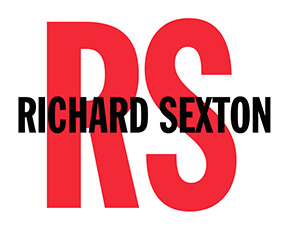Click any image to view slideshow.
I decided from the time I purchased my first 35mm SLR camera that I wanted my life’s work to be photography, so I ultimately had to figure out how to make a living at it. Of all the subjects you could be paid to photograph, I thought that architecture was the most interesting. I purchased a 4×5 view camera, the requisite photographic instrument for an architectural photographer in the early 80s. As I was learning to use this camera commercially, I became equally fascinated with the creative possibilities of the view camera and the large film image. In the late 70s I began to photograph in color and continued my color work with the large format camera and also with the Leica M4. Regrettably, I sold my M4 in the early 80s to buy more 4×5 gear I desperately needed. I continued to use a 35mm SLR, but it was largely a loveless relationship. The Leica rangefinder was the perfect complement to the 4×5 view camera, in my view. Each instrument did very different things few other cameras could do. On the other hand, a 35mm SLR did almost everything in an OK kind of way. That didn’t cut it for me and lacking a Leica rangefinder, I gravitated to the 4×5 as my primary camera. The technical challenge of becoming a proficient commercial photographer radically expanded my photographic knowledge and capabilities. I applied these abilities to my personal work. My primary influences shifted somewhat from Cartier-Bresson to the painter Edward Hopper. Photographers Eugene Atget, Josef Sudek, Clarence John Laughlin, and Walker Evans had also become very influential, and all remain so today.
— Richard Sexton











